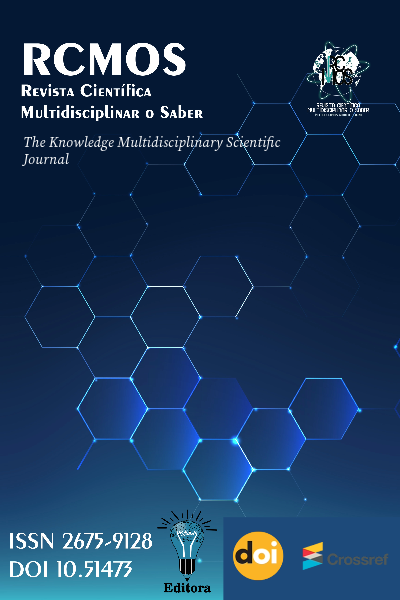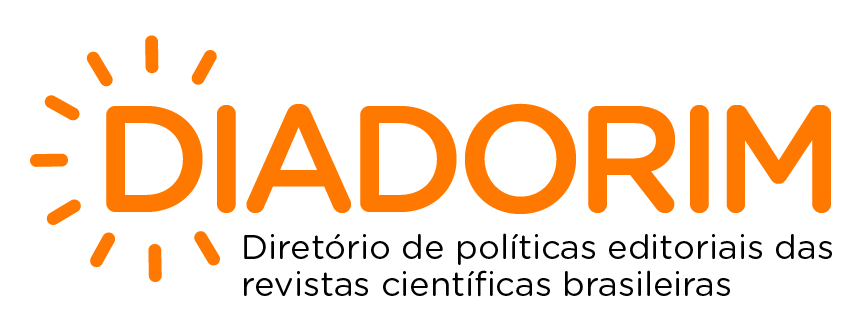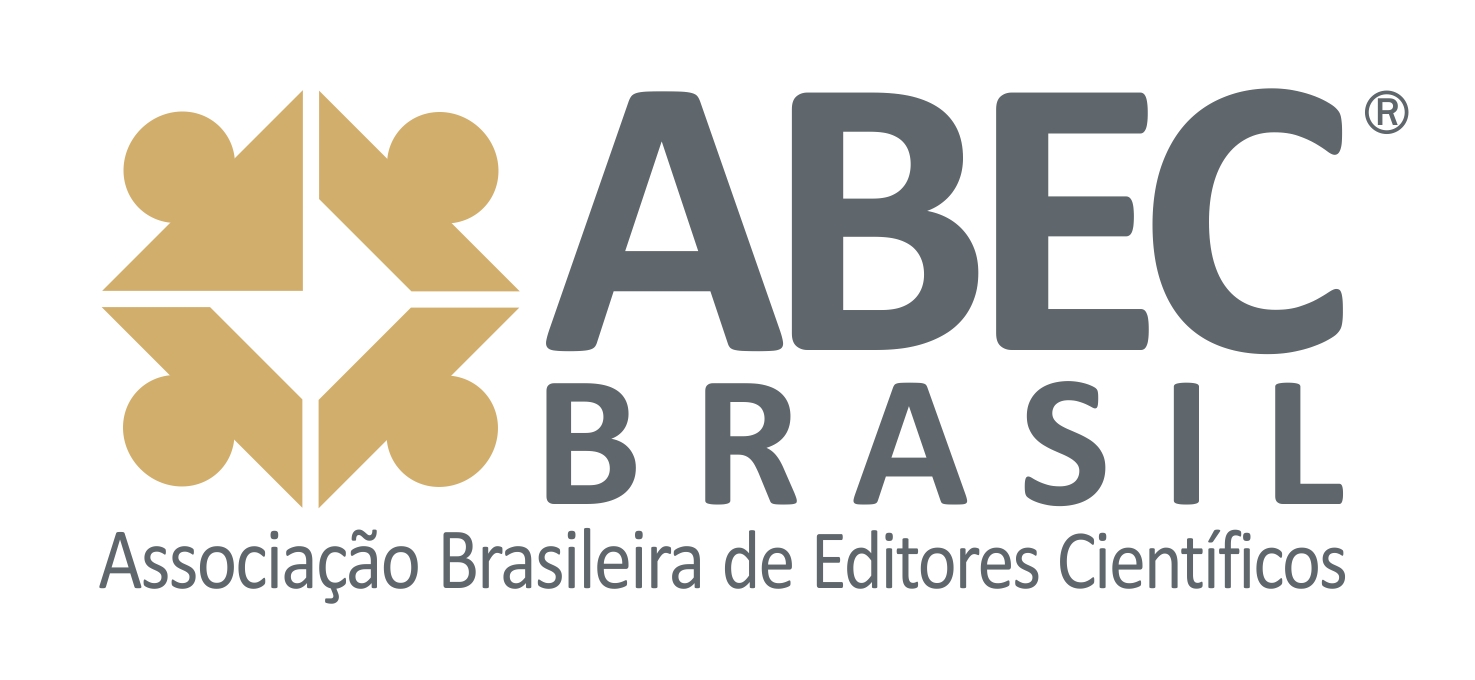The changes promoted with the practice of dance in the family life of young people from 10 to 15 years of age in the Castelão Olympic Village
DOI:
https://doi.org/10.51473/rcmos.v1i1.2021.1391Keywords:
Dance. Education. Child.Abstract
The theme of this work is “The changes promoted with the practice of dance in the family life of the children of the Castelão Olympic Village”, with the main objective of analyzing what changes the dance promotes in the family life of the children of the Castelão Olympic Village, from the point of view of the parents and the children themselves. To achieve the objective, empirical research of a quanti-qualitative nature was carried out with the children who attend the dance classes of the Castelão Olympic Village, with the application of a questionnaire to the mothers and children. The Olympic Village is a permanent government institution that develops sports, artistic, cultural and leisure actions, aimed at children, adolescents, adults and the elderly, primarily, in situations of social vulnerability, living in low-income communities. After verifying the data collected through the questionnaires, it was possible to verify the importance of dance in the lives of these children.
Downloads
References
ANDERY, M. A. Aprender: uma questão de seguir regras ou de apostar na experiência? In: “Comportamento Humano II: tudo (ou quase tudo) que você gostaria de saber para viver melhor”. Brandão, M.Z. da S.; Conte, F.C.de S.; Mezzaroba, S.M.B. (Orgs). Santo André: ESETec, 2003.
BRASIL. Ministério da Educação e do Desporto. Secretaria de Educação Fundamental. Parâmetros Curriculares Nacionais. Educação Física, Brasília: MEC, 1998.
______. Parâmetros Curriculares Nacionais: Educação Física/ Ministério da Educação. Secretaria da Educação Fundamental. - 3. ed. – Brasília: A Secretaria, 2001.
CARDOSO, I. Aplicação do Conteúdo Dança nas Aulas de Educação Física no Município de Santa Helena – Pr, Unioeste, Santa Helena, Pr, 2006.
FUX, M. Dança: Uma experiência de vida. São Paulo: Summus, 1983.
GASPARI, T., Atividades Rítmicas e expressivas nas salas de educação física, Pedagogia cidadã: Cadernos de formação: Educação Física, S.P., UNESP, 2004.
GIL, Antônio Carlos. Como elaborar projetos de pesquisa. São Paulo: Atlas, 2007.
KOLYNIAK, HMR.; KOLYNIAK FILHO, C. Esporte é saúde. Puc Viva, São Paulo, v. 6, n. 22, p. 47-61, 2004.
MARCONI, M Andrade; LAKATOS, Maria Eva. Metodologia do trabalho científico. 6. ed. São Paulo: Saraiva, 2006.
MATTAR, F. N. Pesquisa de marketing: edição compacta. São Paulo: Atlas, 1996.
MEDINA, Josiane et al. As representações da dança: uma análise sociológica. Porto Alegre, v. 14, n. 02, p. 99-113, maio/agosto de 2008. DOI: https://doi.org/10.22456/1982-8918.2106
NANNI, D. Dança e educação: pré-escola à universidade. Rio de Janeiro: Sprint, 1995.
OSSONA, P. A Educação Pela Dança. Tradução de Norberto Abreu e Silva Neto, São Paulo: Summus, 1988.
SCHWARTZ, GM. A arte no contexto da Educação Física. Revista Motriz, v.5, n.1, p. 49-51, 1999.
SILVA, Maria Graziela Mazziotti Soares da; SCHWARTZ, Gisele Maria. A expressividade na dança: visão do profissional. MOTRIZ - Volume 5, Número 2, dezembro/1999.
Downloads
Additional Files
Published
Issue
Section
Categories
License
Copyright (c) 2020 Monica Pereira Sousa, Emmanuel Carneiro Alves (Autor)

This work is licensed under a Creative Commons Attribution 4.0 International License.
















